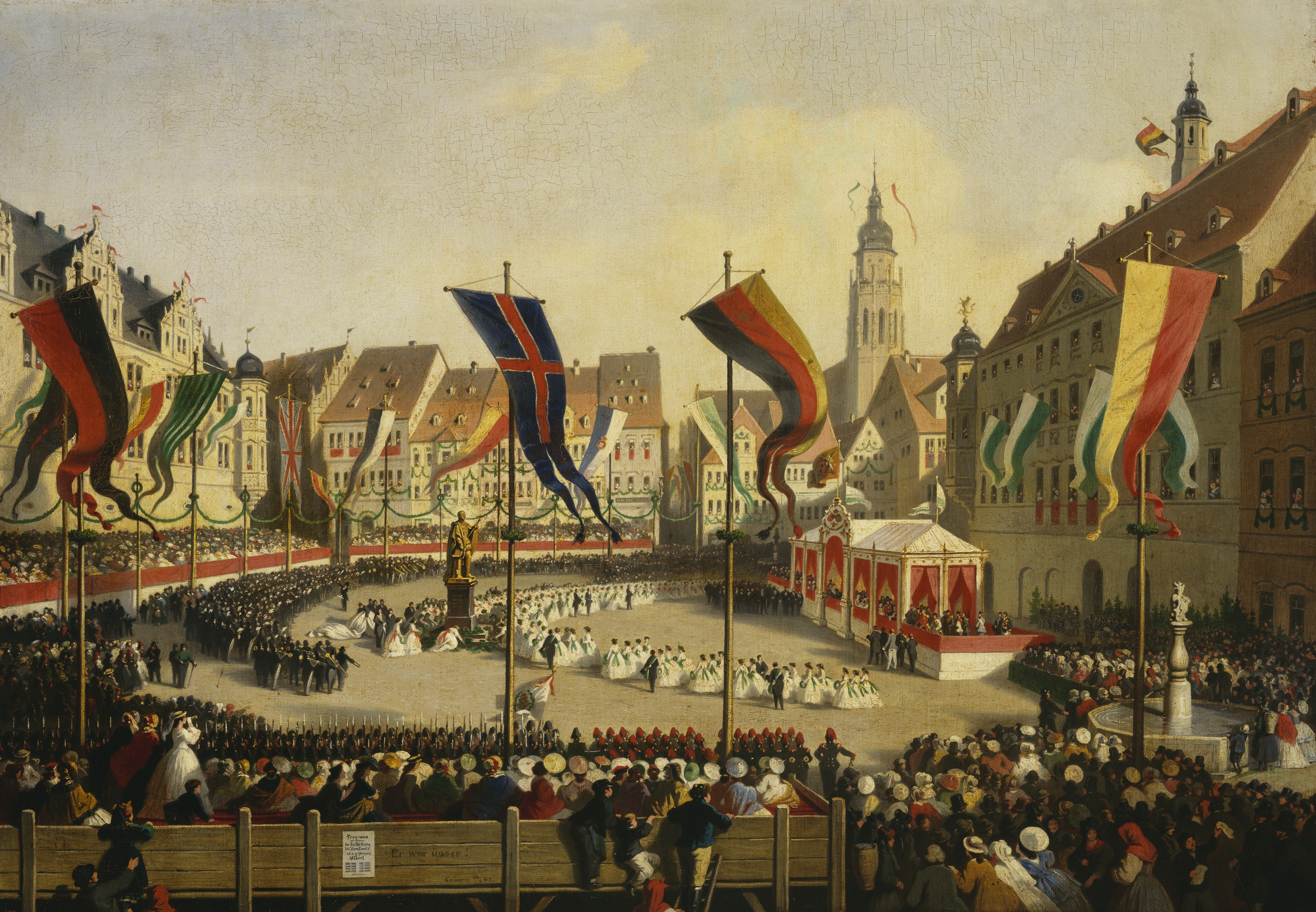
Prince Albert's lasting influence can be seen in many mediums
Albert Memorial Chapel, Windsor
While Queen Victoria broke with the tradition of royal burials taking place at St George’s Chapel, she was supportive of a proposal to remodel the Wolsey Chapel into a memorial that would be accessible to the public. Following a period of discussion with her government, Victoria agreed to pay for the cost of this conversion herself. Sir George Gilbert Scott was appointed designer and remodelling work began in 1862, before finally being completed in 1875. The ceiling of the chapel was decorated using Antonio Salviati’s newly developed glass mosaic technique, which had been demonstrated at the International Exhibition of 1862. For the interior decorations, the windows on the north and south walls depict the ancestors of Prince Albert, and the windows at the east depict scenes relating to the Crucifixion. The sculptor Henri de Triqueti developed a scheme of tarsia and bas-relief decorations for the walls that related to Old Testament stories that reflected the Prince Consort’s values. Medallion portraits of Queen Victoria and Prince Albert’s nine children were also created by sculptor Susan Durant. 28 marbles from across Britain, France, Italy, Greece and Belgium were used in the decorative scheme.
On completion, the chapel was renamed the Albert Memorial Chapel, and opened to visitors for the first time on 1 December 1875. Reports from this time refer to a
veritable treasure house of gilding, marble, mosaics, precious stones, and coloured glass'
Morning Post, 2 December 1875
This reflected the pioneering techniques used, which in itself was a tribute to Albert’s innovative spirit. An album of photographs by Jane and Margaret Davison, The Triqueti Marbles in the Albert Memorial Chapel, Windsor, provides a comprehensive record of the interiors. Selections from this album purchased by Queen Victoria are explored below, as well as photographs by George Washington Wilson.







